Definitively Chinese, not Chinois: The new generation of Chinese restaurants
Advertisement
Experiences
Definitively Chinese, not Chinois: The new generation of Chinese restaurants
Modern Chinese restaurants in Singapore were in one case built on Chinois, that romanticised notion of what Cathay holds according to colonialist Western ideals. Not anymore.
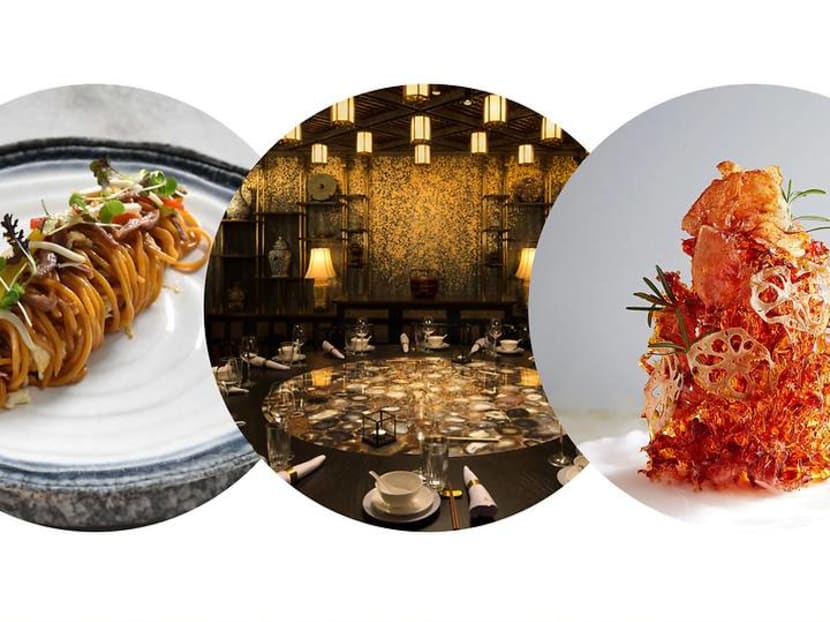
The private dining room in Mott 32. (Photo: Mott 32)
14 Jul 2022 06:30AM (Updated: 05 Jul 2022 01:30AM)
Chinese restaurants accept long been a constant in our culinary scene. Originally the result of industrious emigres hungry for a gustatory modality of home, today's Chinese restaurants are about escapism and hedonism, tempered with a touch of newfound restraint.
The latest breed of them to hit our shores are more than thoughtfully considered reboots of ambitious gild-restaurants from a decade agone. Remember the now-shuttered Chinoiserie-themed establishments of the early Noughties, invariably appointed with lacquered bird cages and a Buddha bosom or six?
Today, that sense of aesthetic has been tamped down, refined and, more aptly, brought back to its roots with touches like modern artworks past Chinese artists and contemporary furnishings from the motherland.
Club-style dining has given manner to relaxed lounge-fashion experiences, with loftier-concept cocktails and jazz performances serving as more palatable bedfellows for the food. The food, meanwhile, has gone through a revolution of its own – no longer fusion nor confusion, but Chinese food given an update with grounded creativity and techniques.
READ> Michelin-star eating house Corner Business firm re-opens with a new chef at the helm
CULINARY Entreatment
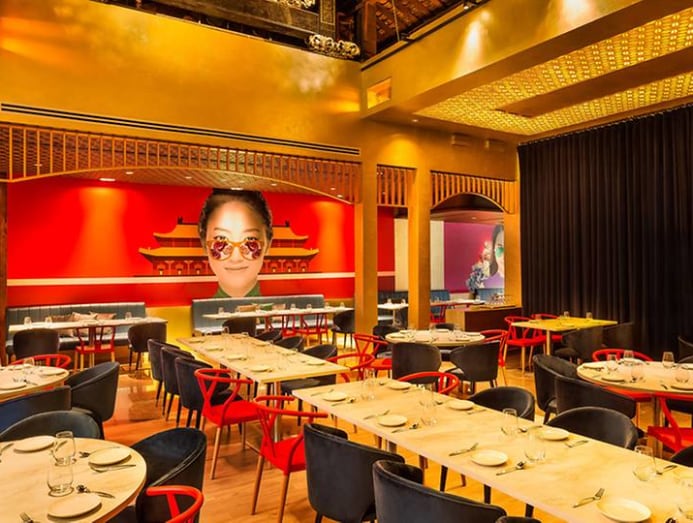
At Mimi (Chinese for "secret"), which opened terminal July on the second floor of a historical Southern Chinese-manner building in Clarke Quay, chef Sam Chong and executive culinary director Daniel Koh artfully meld tradition with modern cooking techniques to yield intriguing dishes like well-baked slivers of Sichuan-style beef jerky anointed with crushed peppercorn and chilli powder.
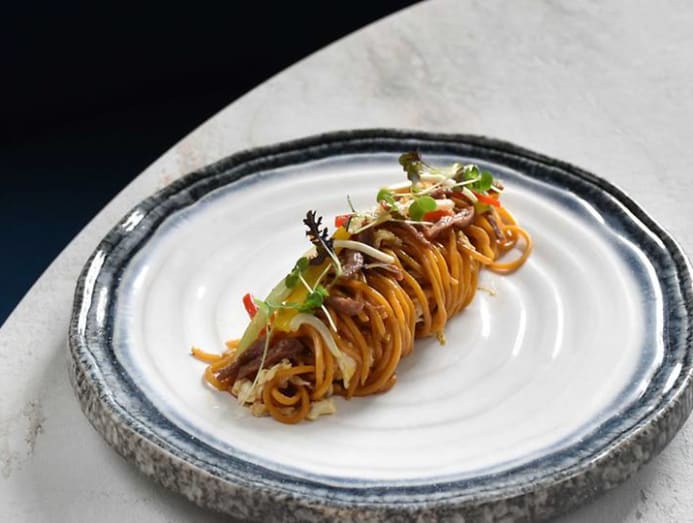
Chilli crab, meanwhile, gets its mail service-modern riff as a deconstructed pool of chilli crab sauce and egg whites with crabmeat buttressed by a ring of fried mantou (buns). Peculiarly in the early evenings, when dusk begins to soften the stark red dining room, at that place is much to love virtually Mimi's classic cocktails and music that filters from the bar below.
For excellent live music with equally outstanding food, there is Madame Fan at the NCO Social club at South Embankment. Created by Hong Kong-born restaurateur Alan Yau, this 50s-cabaret-inspired space features post-modern jukebox performances on Friday and Saturday evenings.
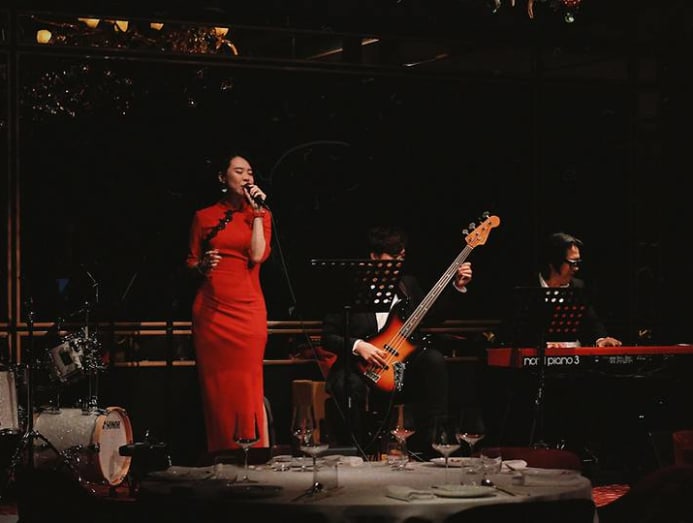
While Yau – who is behind famously successful amusement restaurants like Hakkasan in London and Nobu in New York – started out creating concepts for the Western market, he now makes information technology a point to appeal to western audiences without alienating "the indigenous market place".
That means the nutrient no longer features pan-Asian elements but instead cleaves shut to tradition. To wit, Madame Fan's signature dishes include a double-boiled four treasure soup with sea cucumber, fish maw, dried scallop and crab meat; and drunken crab rice noodles with 20-year-former Gu Yue Long Shan rice wine.
READ> Why foodies need to check out these newly opened and revamped restaurants
MODERNITY ROOTED IN TRADITION
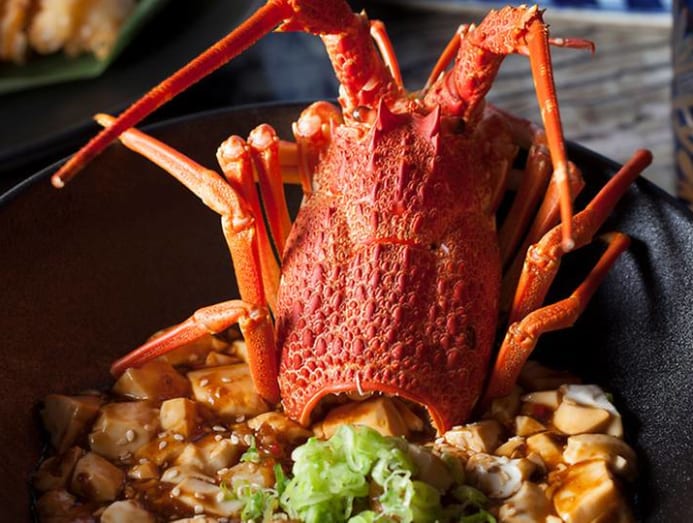
Another contempo import from Hong Kong is Mott 32 at Marina Bay Sands. Like Madame Fan, its arroyo to regional Chinese cuisine is rooted in time-honoured recipes made with premium ingredients.
Classic char siew takes the form of barbecued Pluma Iberico pork glazed with Yellow Mount honey, while Peking ducks are created from specially bred ducks in Malaysia, which undergo a 42-24-hour interval aging process that enables their skins to develop a crystalline consistency while retaining their flavourful fattiness.
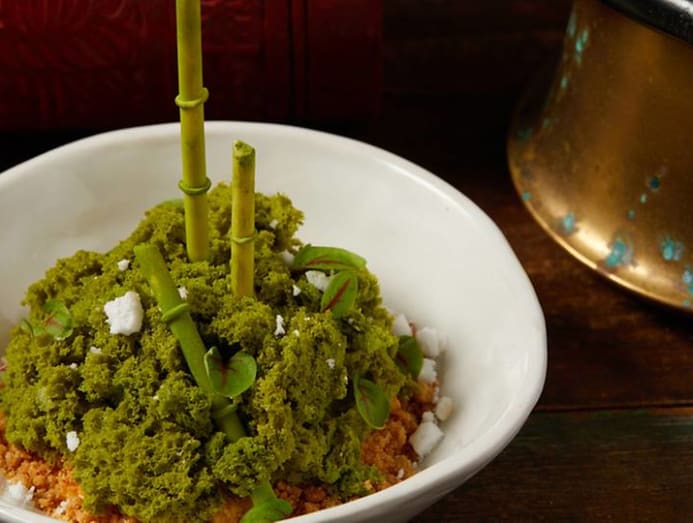
Mott 32's Art Deco-esque dining room, gilded with accents of emerald and gilt, is anchored by an impressive bar whose mixology programme includes an extensive wine collection and cocktails mixed with Asian ingredients similar umeshu, yuzu and chrysanthemum.
Fifty-fifty decades-onetime stalwarts have re-emerged with a modernist arroyo to onetime earth glamour. Concluding August, Yard Shanghai reopened subsequently a major transformation to reveal its new Fine art Deco-circa-1930s-Shanghai mien, complete with costly velveteen booth seats, magnificent chandeliers and brass-and-mirror accents that may have well been lifted from a Chinese picture set.
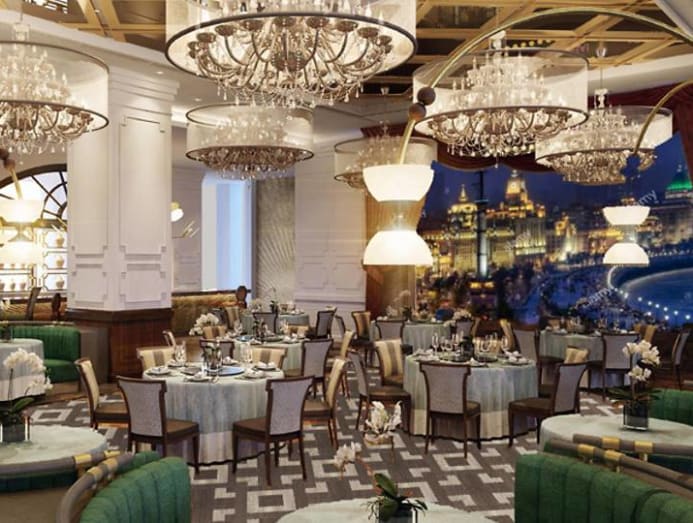
Correspondingly, the food features grandiose presentations – cardboard shards of wasabi-glazed crispy duck hanging on an ornately wrought osmanthus syrup sculpture; deep-fried cod shaped similar a chrysanthemum perched on a puddle of sweet sour sauce; and perfectly pleated Shanghainese dumplings in a deeply flavourful seafood goop.
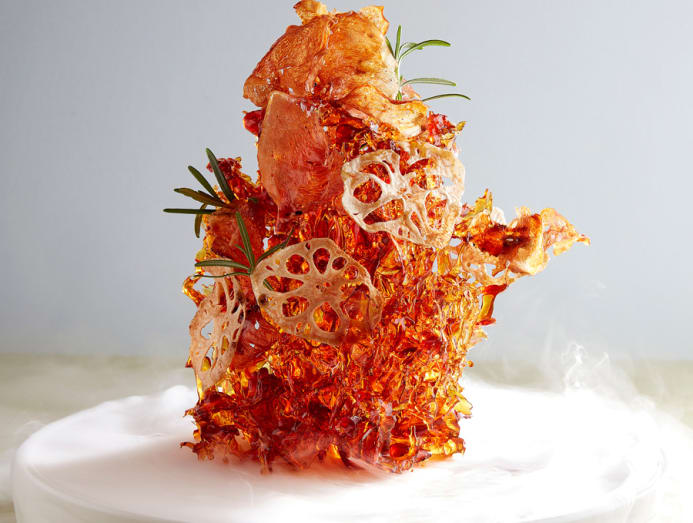
Evidently, restaurateurs are banking on the fact that when it comes to offer a new-generation experience, modernity must rest on a foundation of deep tradition. And where else is tradition stronger than in classic dishes that have delighted a people for generations?
READ> Five glory chefs in Asia on the places they'll go once travel is back
Source: https://cnalifestyle.channelnewsasia.com/experiences/new-generation-of-chinese-restaurants-in-singapore-247801
0 Response to "Definitively Chinese, not Chinois: The new generation of Chinese restaurants"
Post a Comment